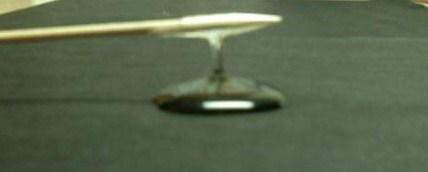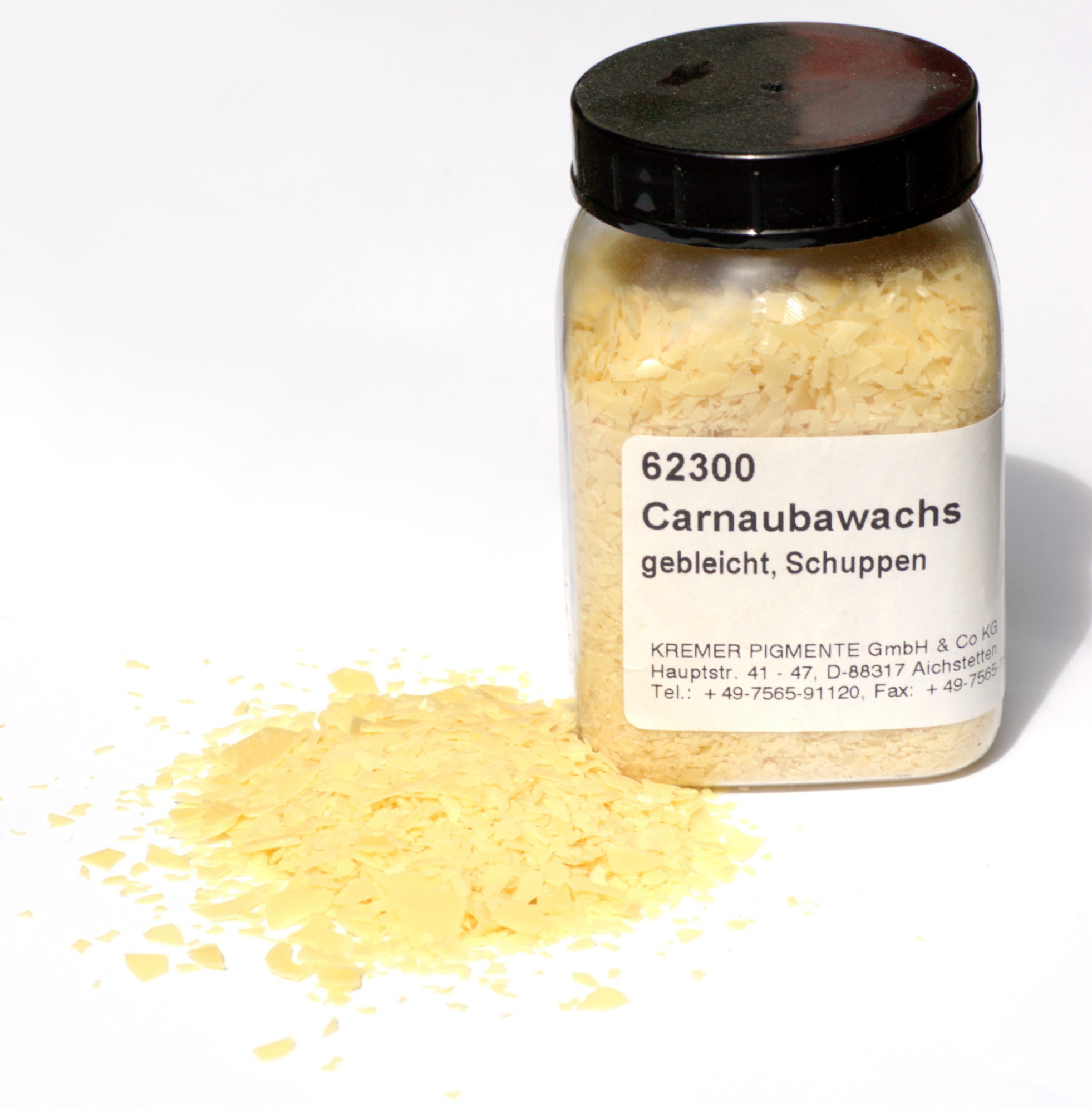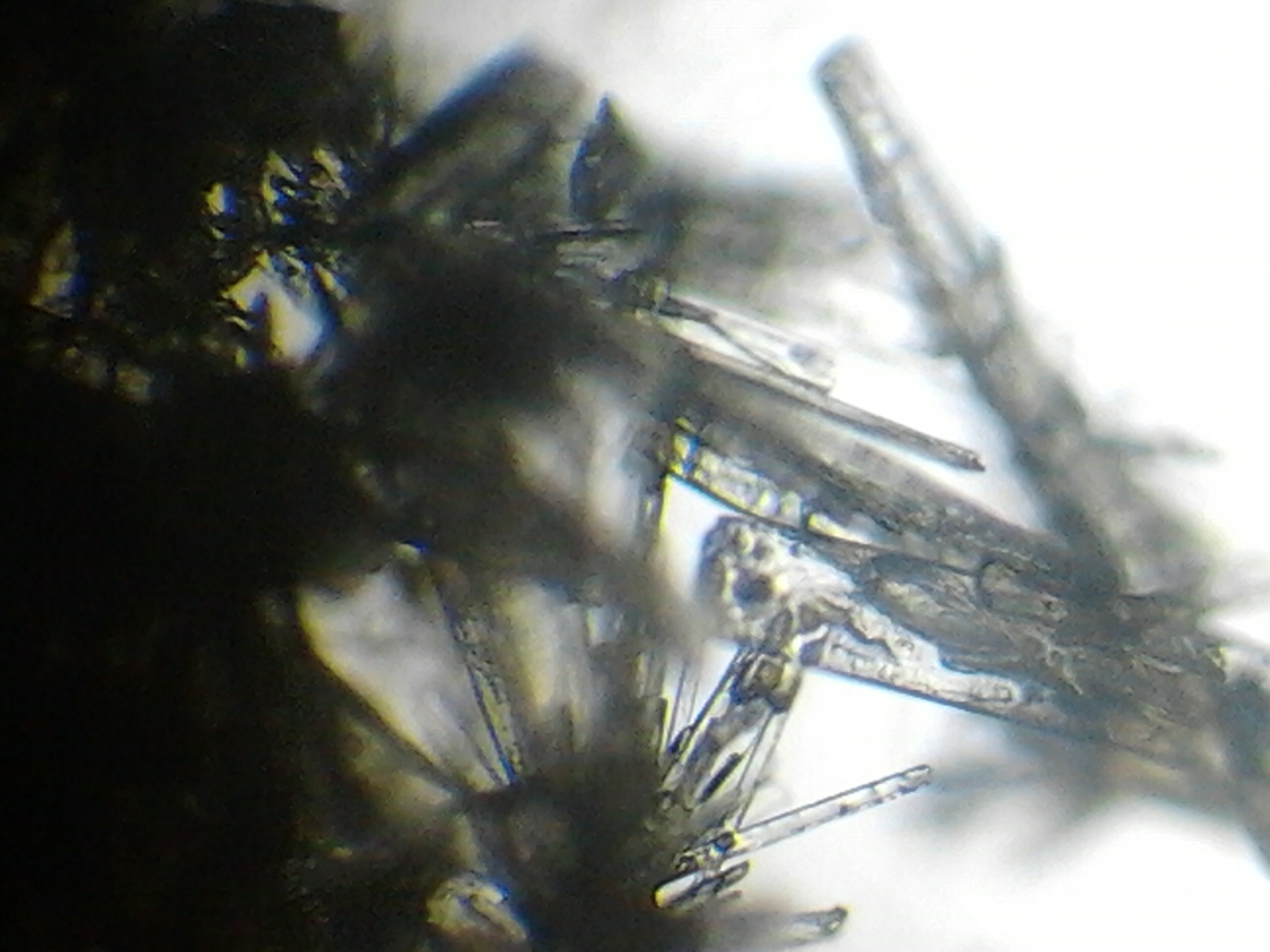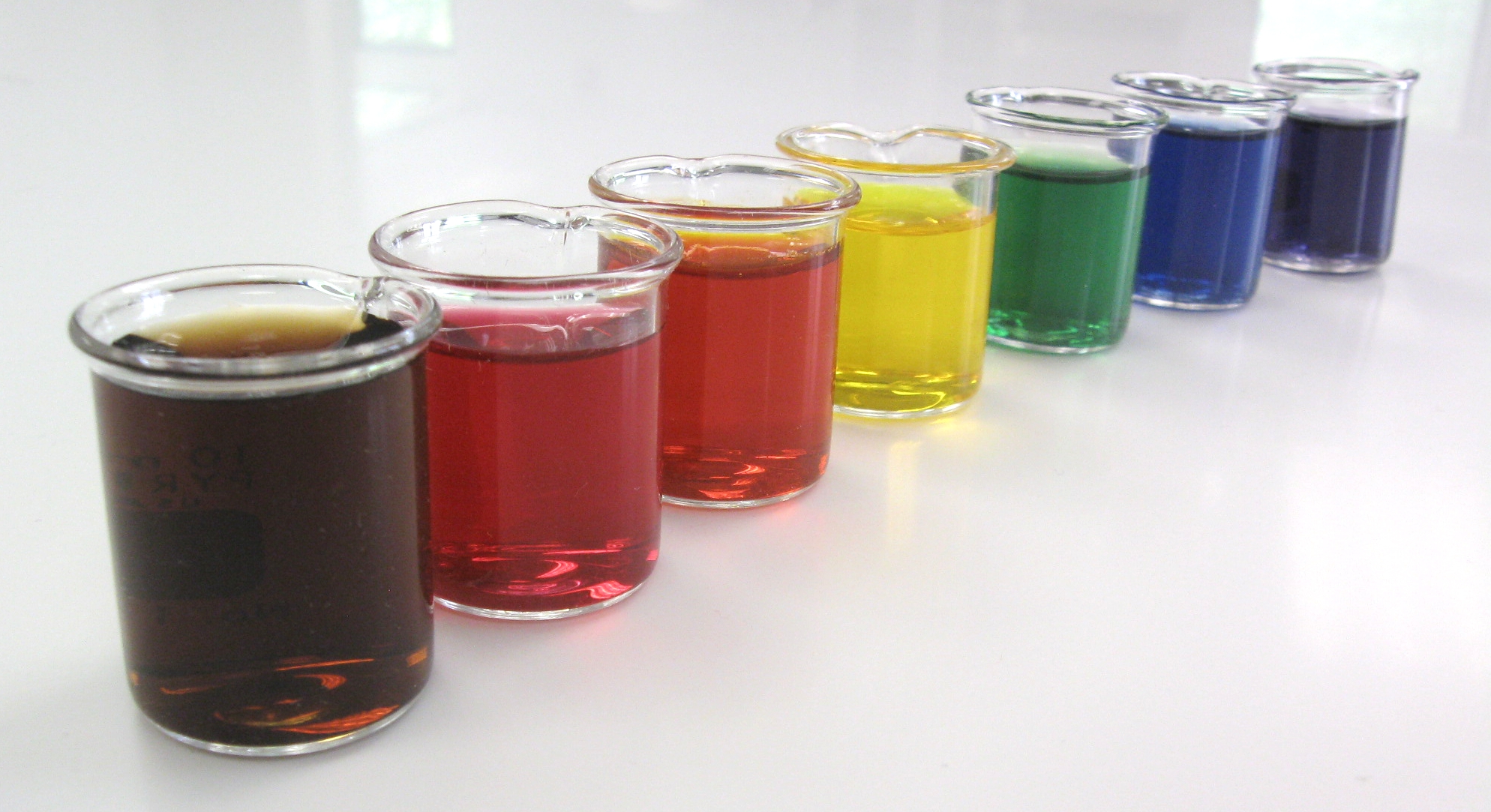|
Reese's Pieces
Reese's Pieces are a peanut butter candy manufactured by The Hershey Company; they are oblate spheroid in shape and covered in candy shells that are colored yellow, orange, or brown. They can be purchased in plastic packets, cardboard boxes, or cup-shaped travel containers. The Reese company was founded by H.B. Reese. The H.B. Reese Candy Company was merged with The Hershey Company in 1963. Overview The candy was introduced to the US market first in September 1978. Shortly after, Reese's Pieces were introduced to the Canada market in 1980. The then relatively new product became very popular with the 1982 release of '' E.T. the Extra-Terrestrial'', in which the candy is featured. Reese's Pieces were introduced in the UK in 1996, but are produced in the US. Reese's Pieces are a product extension of the Reese's Peanut Butter Cups line; they were designed to capitalize on the success of the chocolate-covered peanut butter cups, though unlike the cups, they have no chocolate. Vari ... [...More Info...] [...Related Items...] OR: [Wikipedia] [Google] [Baidu] |
Corn Syrup
Corn syrup is a food syrup which is made from the starch of corn (called maize in many countries) and contains varying amounts of sugars: glucose, maltose and higher oligosaccharides, depending on the grade. Corn syrup is used in foods to soften texture, add volume, prevent crystallization of sugar, and enhance flavor. Corn syrup is not the same as from high-fructose corn syrup (HFCS), which is manufactured from corn syrup by converting a large proportion of its glucose into fructose using the enzyme D-xylose isomerase, thus producing a sweeter substance. The more general term glucose syrup is often used synonymously with corn syrup, since glucose syrup in the United States is most commonly made from corn starch. Technically, glucose syrup is any liquid starch hydrolysate of mono-, di-, and higher-saccharides and can be made from any source of starch: wheat, tapioca and potatoes are the most common other sources. Commercial preparation Historically, corn syrup was produced ... [...More Info...] [...Related Items...] OR: [Wikipedia] [Google] [Baidu] |
Hershey-ets
This is a list of brands manufactured by the Hershey Company. Some of these brands began production over 100 years ago such as the Hershey Kiss and Hershey Bar. Hershey produces a variety of products that are chocolate or candy based, and The Hershey Company also produces gum. This list excludes licensed items such as beer, cereal, ice cream and chocolate milk, which are made by brands like Yuengling, General Mills, Breyers, Good Humor, Klondike, and Natrel. Chocolate-based candies Hershey's produces a large variety of chocolate based products. Hershey is also licensed to produce Cadbury products URL last accessed June 30, 2006. as well as the bar and |
Carnauba Wax
Carnauba (; pt, carnaúba ), also called Brazil wax and palm wax, is a wax of the leaves of the carnauba palm ''Copernicia prunifera'' (synonym: ''Copernicia cerifera''), a plant native to and grown only in the northeastern Brazilian states of Ceará, Piauí, Pernambuco, Rio Grande do Norte, Maranhão and Bahia. It is known as the "Queen of Waxes". In its pure state, it is usually available in the form of hard yellow-brown flakes. It is obtained by collecting and drying the leaves, beating them to loosen the wax, then refining and bleaching it. As a food additive, its E number is E903. Composition Carnauba consists mostly of aliphatic esters (40 wt%), diesters of 4-hydroxycinnamic acid (21.0 wt%), ω-hydroxycarboxylic acids (13.0 wt%), and fatty alcohols (12 wt%). The compounds are predominantly derived from acids and alcohols in the C26-C30 range. It is distinctive for its high content of diesters and its methoxycinnamic acid. It is sold in grades of T1, T3 and T4 accordin ... [...More Info...] [...Related Items...] OR: [Wikipedia] [Google] [Baidu] |
Artificial Flavor
A flavoring (or flavouring), also known as flavor (or flavour) or flavorant, is a food additive used to improve the taste or smell of food. It changes the perceptual impression of food as determined primarily by the chemoreceptors of the gustatory and olfactory systems. Along with additives, other components like sugars determine the taste of food. A flavoring is defined as a substance that gives another substance taste, altering the characteristics of the solute, causing it to become sweet, sour, tangy, etc. Although the term, in common language, denotes the combined chemical sensations of taste and smell, the same term is used in the fragrance and flavors industry to refer to edible chemicals and extracts that alter the flavor of food and food products through the sense of smell. Owing to the high cost, or unavailability of natural flavor extracts, most commercial flavorings are "nature-identical", which means that they are the chemical equivalent of natural flavors, but c ... [...More Info...] [...Related Items...] OR: [Wikipedia] [Google] [Baidu] |
Vanillin
Vanillin is an organic compound with the molecular formula . It is a phenolic aldehyde. Its functional groups include aldehyde, hydroxyl, and ether. It is the primary component of the extract of the vanilla bean. Synthetic vanillin is now used more often than natural vanilla extract as a flavoring in foods, beverages, and pharmaceuticals. Vanillin and ethylvanillin are used by the food industry; ethylvanillin is more expensive, but has a stronger note. It differs from vanillin by having an ethoxy group (−O−CH2CH3) instead of a methoxy group (−O−CH3). Natural vanilla extract is a mixture of several hundred different compounds in addition to vanillin. Artificial vanilla flavoring is often a solution of pure vanillin, usually of synthetic origin. Because of the scarcity and expense of natural vanilla extract, synthetic preparation of its predominant component has long been of interest. The first commercial synthesis of vanillin began with the more readily available na ... [...More Info...] [...Related Items...] OR: [Wikipedia] [Google] [Baidu] |
Blue 1
Brilliant blue FCF (Blue 1) is a synthetic organic compound used primarily as a blue colorant for processed foods, medications, dietary supplements, and cosmetics. It is classified as a triarylmethane dye and is known under various names, such as FD&C Blue No. 1 or acid blue 9. It is denoted by E number E133 and has a color index of 42090. It has the appearance of a blue powder and is soluble in water and glycerol, with a maximum absorption at about 628 nanometers. It is one of the oldest FDA-approved color additives and is generally considered nontoxic and safe. Production Brilliant blue FCF is synthetic dye produced by the condensation of 2-formylbenzenesulfonic acid and the appropriate aniline followed by oxidation. It can be combined with tartrazine (E102) to produce various shades of green. It is usually a disodium salt. The diammonium salt has CAS number . Calcium and potassium salts are also permitted. It can also appear as an aluminum lake. The chemical formation is C ... [...More Info...] [...Related Items...] OR: [Wikipedia] [Google] [Baidu] |
Red 40
Allura Red AC is a red azo dye that goes by several names, including FD&C Red 40. It is used as a food dye and has the E number E129. It is usually supplied as its red sodium salt, but can also be used as the calcium and potassium salts. These salts are soluble in water. In solution, its maximum absorbance lies at about 504 nm. Allura Red, FD&C Red No. 40 is manufactured by coupling diazotized 5-amino-4-methoxy-2-toluenesulfonic acid with 6-hydroxy-2-naphthalene sulfonic acid in an azo coupling reaction. Use as a consumable coloring agent Allura Red AC is a popular dye used worldwide. Annual production in 1980 was greater than 2.3 million kilograms. It was originally introduced as a replacement for amaranth in the United States. The European Union approves Allura Red AC as a food colorant, but EU countries' local laws banning food colorants are preserved. In the United States, Allura Red AC is approved by the FDA for use in cosmetics, drugs, and food. When prepared as a ... [...More Info...] [...Related Items...] OR: [Wikipedia] [Google] [Baidu] |
Yellow 5
Tartrazine is a synthetic lemon yellow azo dye primarily used as a food coloring. It is also known as E number E102, C.I. 19140, FD&C Yellow 5, Yellow 5 Lake, Acid Yellow 23, Food Yellow 4, and trisodium 1-(4-sulfonatophenyl)-4-(4-sulfonatophenylazo)-5-pyrazolone-3-carboxylate). Tartrazine is a commonly used color all over the world, mainly for yellow, and can also be used with brilliant blue FCF (FD&C Blue 1, E133) or green S (E142) to produce various green shades. Products containing tartrazine Foods Many foods contain tartrazine in varying proportions, depending on the manufacturer or person preparing the food. When in food, tartrazine is typically labelled as "color", "tartrazine", or "E102", depending on the jurisdiction, and the applicable labeling laws (see Regulation below). Products containing tartrazine commonly include processed commercial foods that have an artificial yellow or green color, or that consumers expect to be brown or creamy looking. It has ... [...More Info...] [...Related Items...] OR: [Wikipedia] [Google] [Baidu] |
Sunset Yellow FCF
Sunset yellow FCF (also known as orange yellow S, or C.I. 15985) is a petroleum-derived orange azo dye with a pH dependent maximum absorption at about 480 nm at pH 1 and 443 nm at pH 13 with a shoulder at 500 nm. When added to foods sold in the United States it is known as FD&C Yellow 6; when sold in Europe, it is denoted by E Number E110. Uses Sunset yellow is used in foods, condoms, cosmetics, and drugs. Sunset yellow FCF is used as an orange or yellow-orange dye. For example, it is used in candy, desserts, snacks, sauces, and preserved fruits. Sunset yellow is often used in conjunction with E123, amaranth, to produce a brown colouring in both chocolates and caramel. Safety The acceptable daily intake (ADI) is 0–4 mg/kg under both EU and WHO/FAO guidelines. Sunset yellow FCF has no carcinogenicity, genotoxicity, or developmental toxicity in the amounts at which it is used. It has been claimed since the late 1970s, under the advocacy of Benjamin Fein ... [...More Info...] [...Related Items...] OR: [Wikipedia] [Google] [Baidu] |
Food Colorant
Food coloring, or color additive, is any dye, pigment, or substance that imparts color when it is added to food or drink. They come in many forms consisting of liquids, powders, gels, and pastes. Food coloring is used in both commercial food production and domestic cooking. Food colorants are also used in a variety of non-food applications, including cosmetics, pharmaceuticals, home craft projects, and medical devices. Purpose of food coloring People associate certain colors with certain flavors, and the color of food can influence the perceived flavor in anything from candy to wine. Sometimes, the aim is to simulate a color that is perceived by the consumer as natural, such as adding red coloring to glacé cherries (which would otherwise be beige), but sometimes it is for effect, like the green ketchup that Heinz launched in 2000. Color additives are used in foods for many reasons including: * To make food more attractive, appealing, appetizing, and informative * Offset c ... [...More Info...] [...Related Items...] OR: [Wikipedia] [Google] [Baidu] |
.jpg)




.png)

